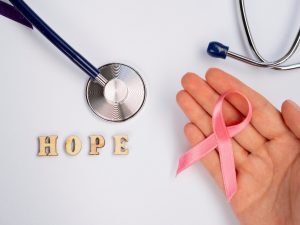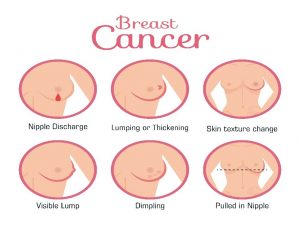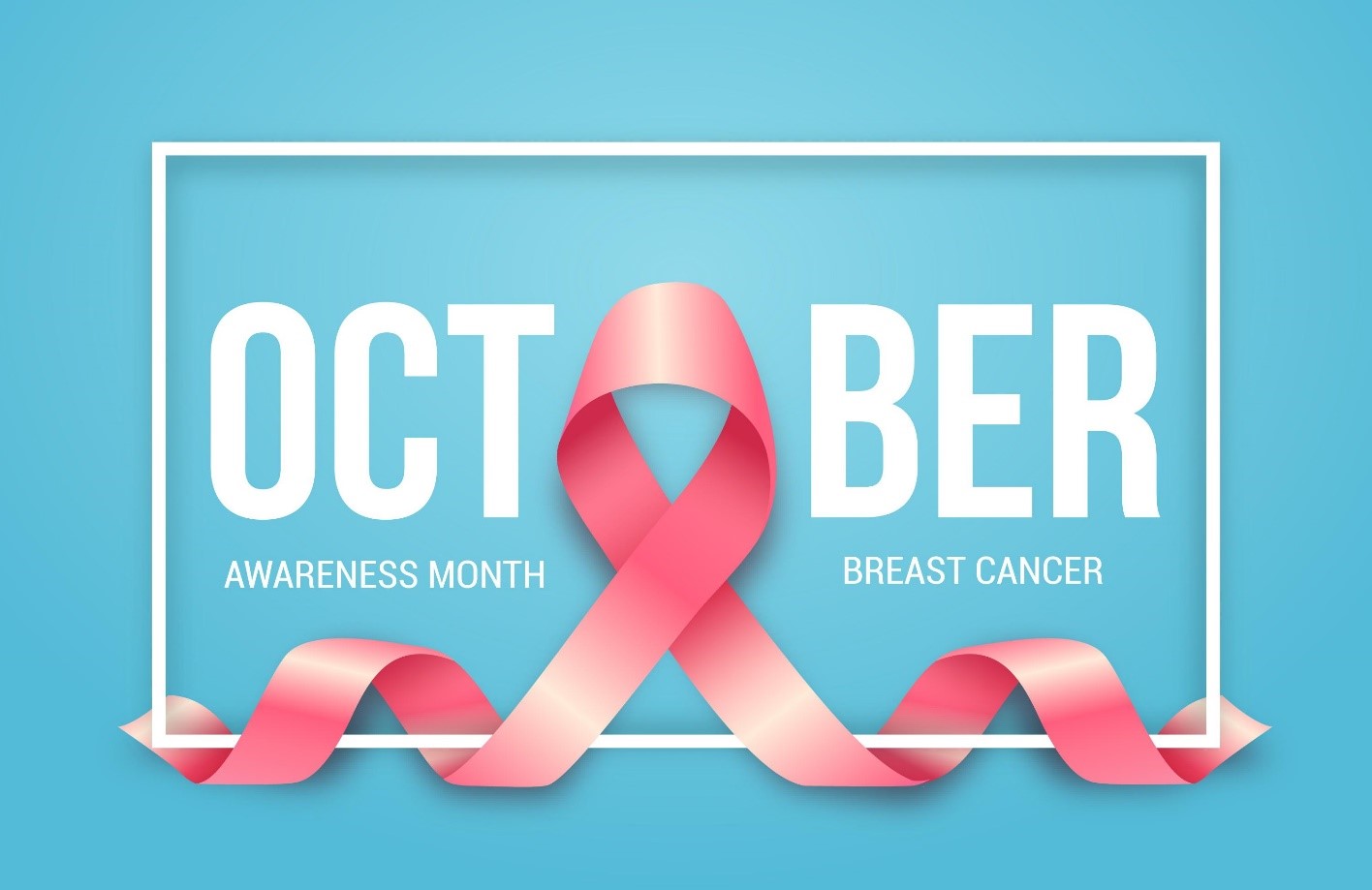October is Breast Cancer Awareness Month, which is an annual campaign organized by major breast cancer charities every October to raise awareness on the impact of the disease and to raise funds for research regarding its cause, diagnosis, prevention, treatment, and cure. Every October, people across the globe join hands to show their support for everyone affected by breast cancer and this October is no different.
What is Breast Cancer?
Breast cancer is a disease characterized by malignant (cancer) cells forming in the tissues of the breast. Did you know that in every 8 women, 1 will be diagnosed with breast cancer in her lifetime? While you can’t actually prevent cancer, being proactive about your health is important. When one is diagnosed with breast cancer, it’s only natural to wonder what may have caused it. No one really knows the exact causes of breast cancer and doctors can rarely tell why one woman develops it and another doesn’t.
Most women who have been diagnosed with breast cancer will never be able to pinpoint the exact cause of the disease. What we know is that it always occurs when a cell’s DNA is damaged. Although in rare cases, men get breast cancer too. It’s rare, but men need to be body aware too. Certain risk factors deem some women more likely to develop breast cancer than others. Some of these risk factors such as drinking alcohol are avoidable, while others such as breast cancer in the family history can’t be avoided. But having a risk factor does not necessarily mean one will get breast cancer. Many people with risk factors don’t develop breast cancer.

Breast Anatomy
A healthy female breast comprises 12–20 sections called lobes. Each one of these lobes branches into many smaller lobules, the gland that produces milk in nursing women. Both the lobes and lobules connect to milk ducts, which act as tubes or stems to carry the milk to the nipple. These breast structures are generally where cancer begins to form, as a tumor. What is a tumor? A tumor is a mass of abnormal tissue. Breast cancer tumors are grouped into two;
- Benign Tumors – Those that are non-cancerous, hence no need for removal. Even though they are not aggressive toward the surrounding tissue, they may occasionally continue growing and press on other tissue causing pain or other problems. In this case, removal is done to allow complications or pain to subside.
- Malignant tumors – Those that are cancerous and may be aggressive as they invade and destroy the surrounding tissue. In this case, the doctor performs a biopsy to determine the aggressiveness or severity of the tumor. Sometimes the cancer cells of a malignant tumor might spread to other body parts through the bloodstream or lymph system, forming a secondary tumor. We call this metastatic cancer. Breast cancer tumors are often graded on a scale of one to three to indicate the aggressiveness of the cancerous cells.
Breast Cancer Symptoms and Signs
The majority of breast cancer symptoms are invisible and hence not noticeable without professional screening. However, some symptoms can be detected early if we are proactive about our breast health. The common noticeable symptoms are;
- Breast Pain – Any pain, discomfort, or tenderness in the breast or underarm region, which may occur for various reasons. Breast pain isn’t always a sign of breast cancer.
- Breast Cyst – A cyst in the breast feels like a lump, but upon close examination, it is usually a small, harmless fluid-filled sac.

Early Detection
In accordance with the American Cancer Society, early detection of breast cancer in the localized stage ensures a 5-year relative survival rate of 99%. Early detection includes performing monthly breast self-exams and attending regular clinical breast exams and mammograms.
- Breast Self-Exam
Breast self-exams are recommended at least once every month for adult women of all ages. Johns Hopkins Medical Center reports that out of all diagnosed breast cancers, 40% are detected by women who when doing a breast self-exam feel a lump, hence the importance of establishing a regular breast self-exam.

- Clinical Breast Exam
A clinical breast exam is usually conducted in-office by a trained healthcare professional who can recognize the warning signs and different abnormalities. This could most likely be your gynecologist during your annual exam or your family physician.
- Mammogram
A mammogram is an x-ray done by a qualified specialist examining for any suspicious areas in the breast tissue. A small dose of ionizing radiation is exposed to the breast to produce an image of the breast tissue. Scheduling a mammogram is important but many women encounter barriers when trying to do so.
Diagnosis of breast cancer can be through multiple other tests, including a biopsy, an ultrasound, and an MRI. Types of breast cancer include ductal carcinoma in situ, invasive ductal carcinoma, metastatic breast cancer, and inflammatory breast cancer.
To live a healthier life and reduce the risk of developing breast cancer,
- Keep fit by staying physically active – Regular exercise and a healthy diet can also lower your risk factors.
- Eat vegetables and fruits.
- Maintain a healthy weight.
- Avoid smoking – According to the National Cancer Institute (NCI), smoking increases the chance for breast cancer and many other types of cancer. Non-smokers have a lower risk compared to smokers, regardless of their age or how long they have been smokers.
- Limit your consumption of alcohol.
Breast Cancer Treatment
In general, most breast cancer treatment plans include a combination of;
- Surgery
- Radiation
- Hormone therapy
- Chemotherapy
- Targeted therapies.
Some treatment options are local, targeting the area surrounding the tumor only, while others are systemic, using cancer-fighting agents to target the whole body.

This Breast Cancer Awareness Month, do something exceptional. There are lots of ways you can get involved in creating a future where breast cancer patients get a chance to watch their children grow up and create lifetime memories with their loved ones. Now that’s a future with more hope and less fear. Whatever you do for this cause, you’ll be helping to fund care and research when people need it most. On Friday 22nd October this year, wear pink. Help raise money in commemoration of this pink month and let’s all make life-changing breast cancer care and research happen. With everyone’s joint support, we can ensure that by 2050, everyone diagnosed with breast cancer gets to live and is supported to live well.
Whatever shade of pink you wear, you’re making that future possible. Remember, cancer is a word, not a sentence.







